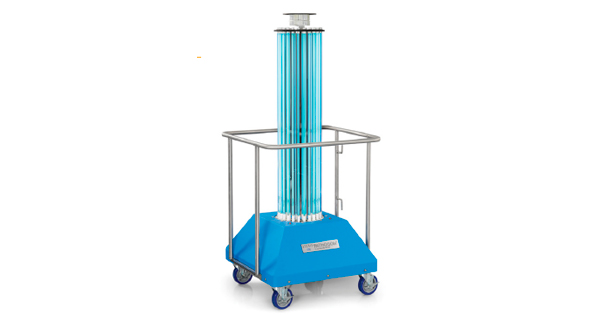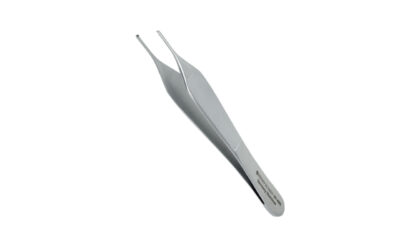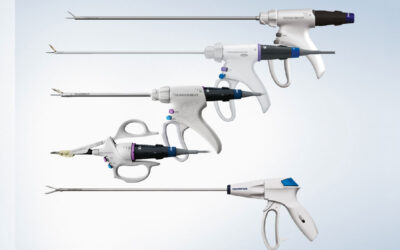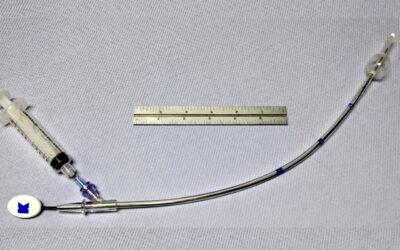The PAThOGON UV Disinfection System is an automated, mobile system that uses germicidal ultraviolet light to reduce or kill pathogens on environmental surfaces.
“In today’s healthcare reform landscape, leaders seek solutions that will help them achieve and maintain high performance environments,” said Jim Dacek, senior market development manager at STERIS. “Microbial contamination of environmental surfaces can be an obstacle to safety, productivity and efficiency because it is a potential source of added illness, delay and cost. What you can’t see can indeed hurt you, in many ways.”
The PAThOGON system has been shown to kill organisms such as Clostridium difficile, MRSA, VRE, Acinetobacter baumannii, Klebsiella pneumoniae and others. The automated cycle times range from four to 25 minutes. The process produces no ozone or secondary contaminants, and rooms can be re-occupied immediately after treatment.









